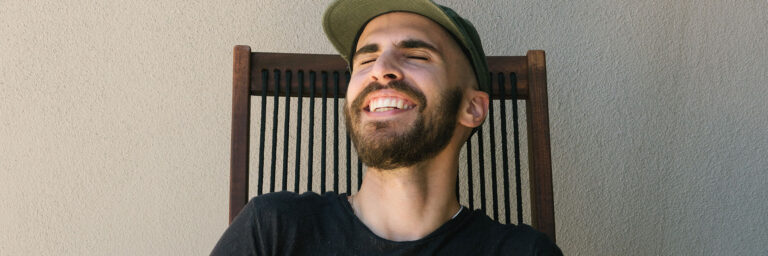We design our world, while our world acts back on us and designs us.
The design process is a dynamic exchange between us and the world around us. As we shape our environment—whether through products, architecture, or systems—we are also influenced by it. Every design we create, from small objects to large structures, reflects our needs, values, and aspirations, while simultaneously shaping how we interact with our surroundings and each other. This reciprocal relationship between design and the world plays a crucial role in human development.
As we design, the world “acts back” on us, influencing our behavior, habits, and perceptions. The spaces we inhabit, the tools we use, and the technology we interact with all shape our daily experiences, subtly guiding how we think, move, and communicate. Over time, these designs influence our lifestyle, our choices, and even our culture, demonstrating the profound impact design has on human evolution and societal change.
This ongoing dialogue between design and its impact on us underscores the responsibility of designers. We must not only create solutions that meet current needs but also consider how our designs will shape future generations. Thoughtful design can enhance our world, fostering innovation, well-being, and sustainability, while careless design can lead to unintended consequences. Thus, in designing our world, we are simultaneously designing the future of humanity.











